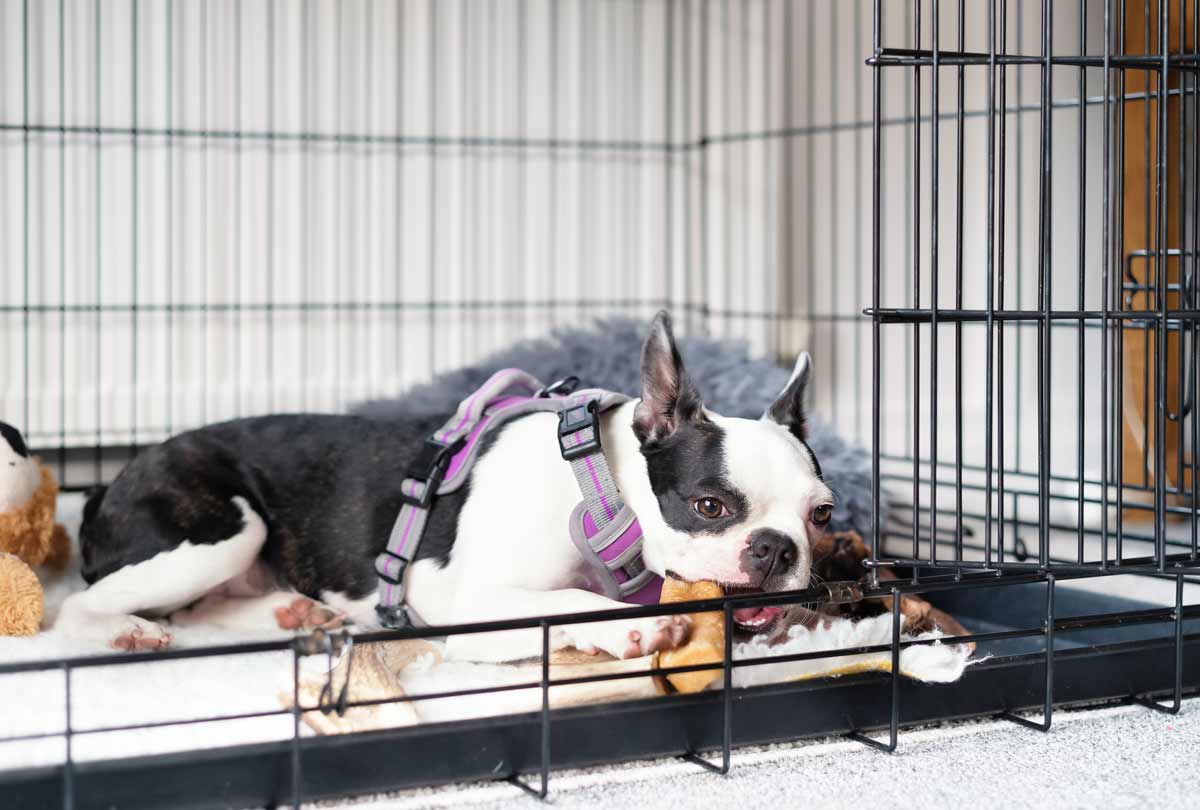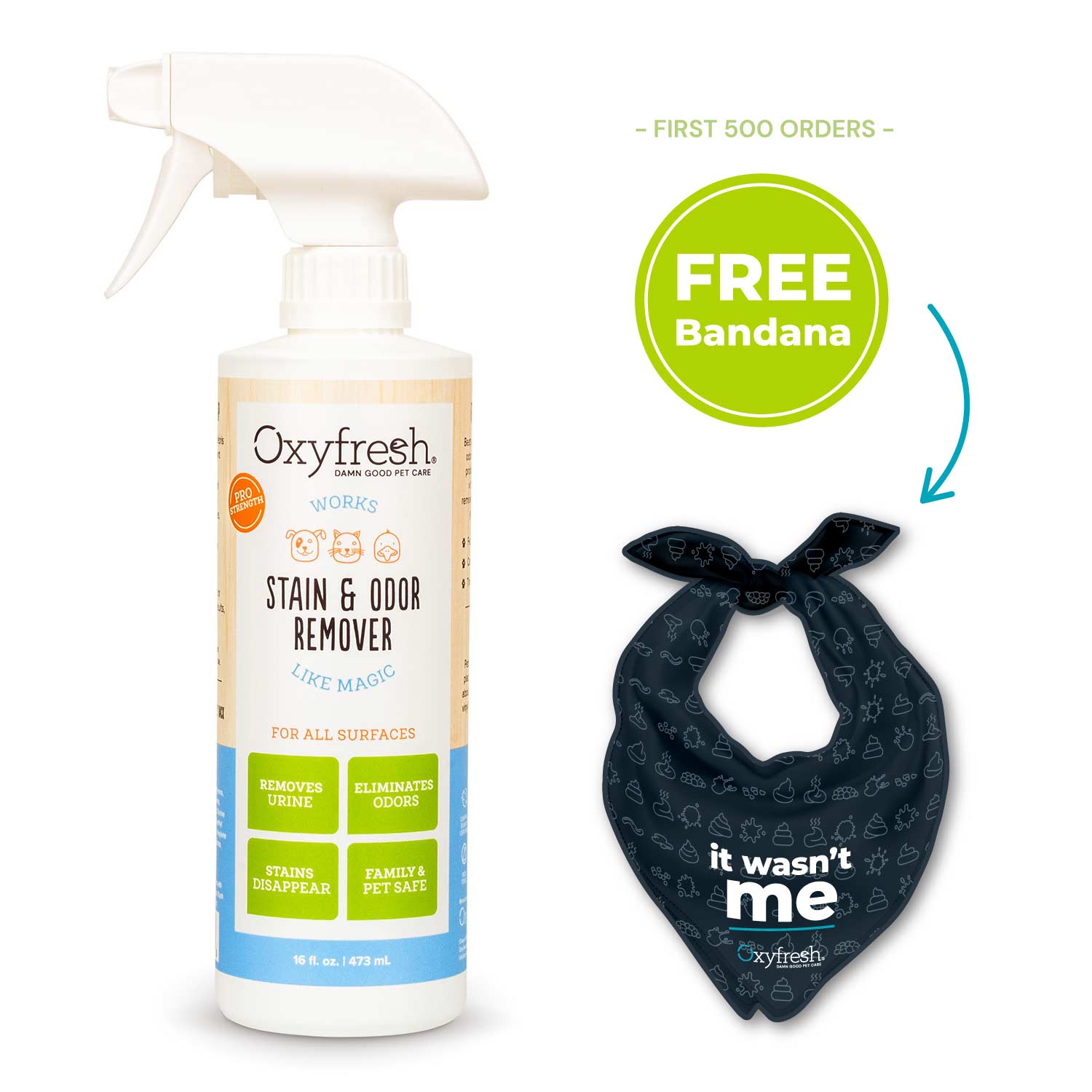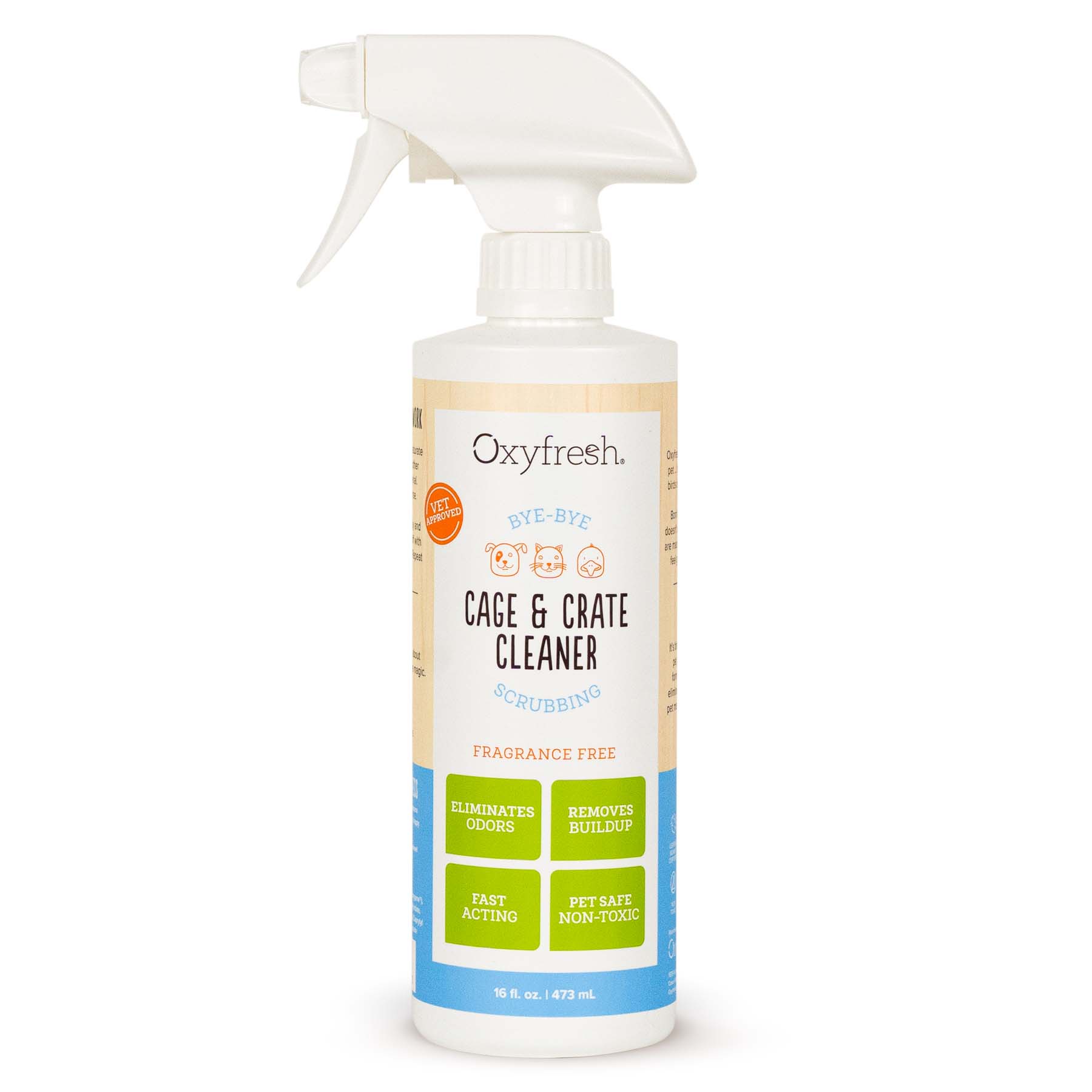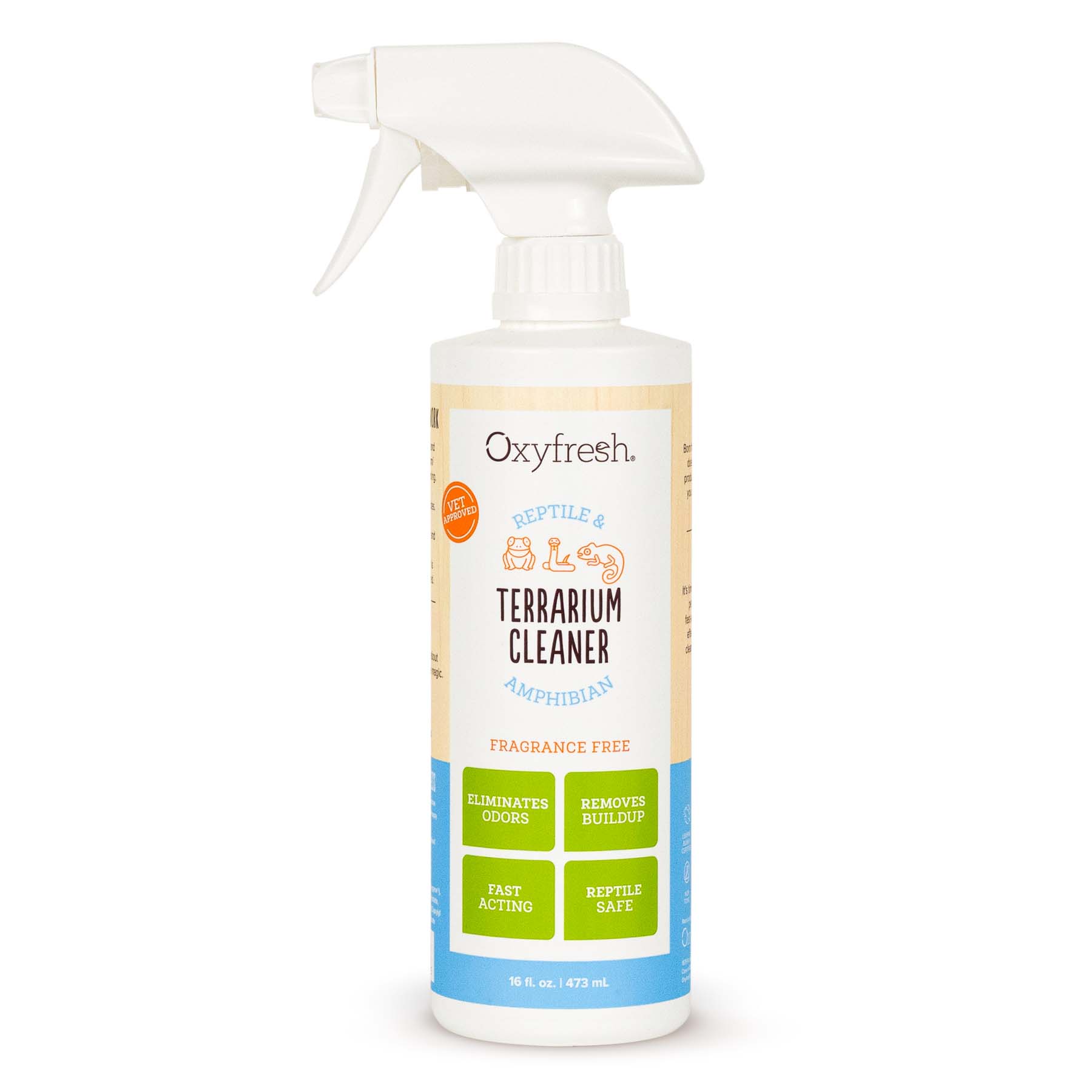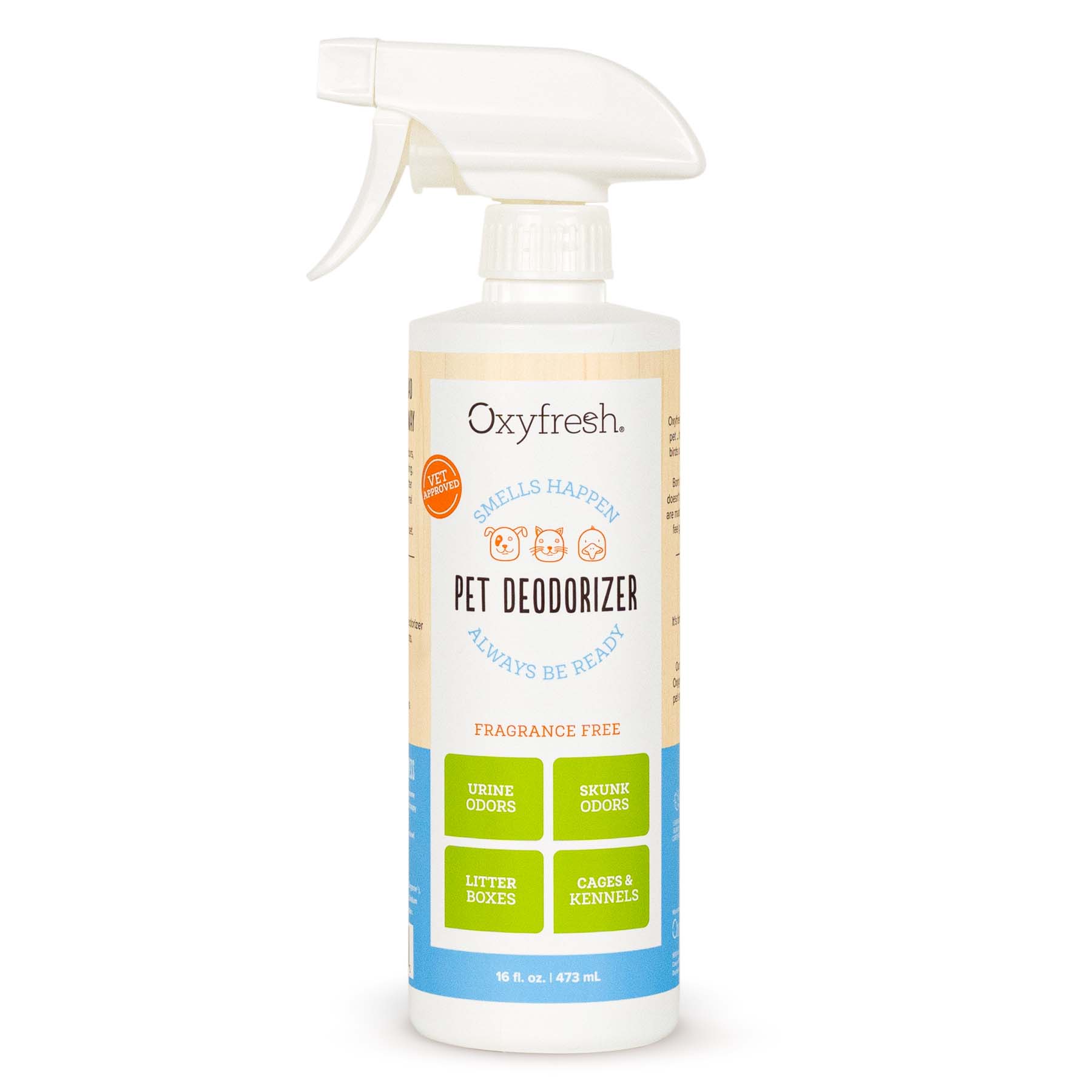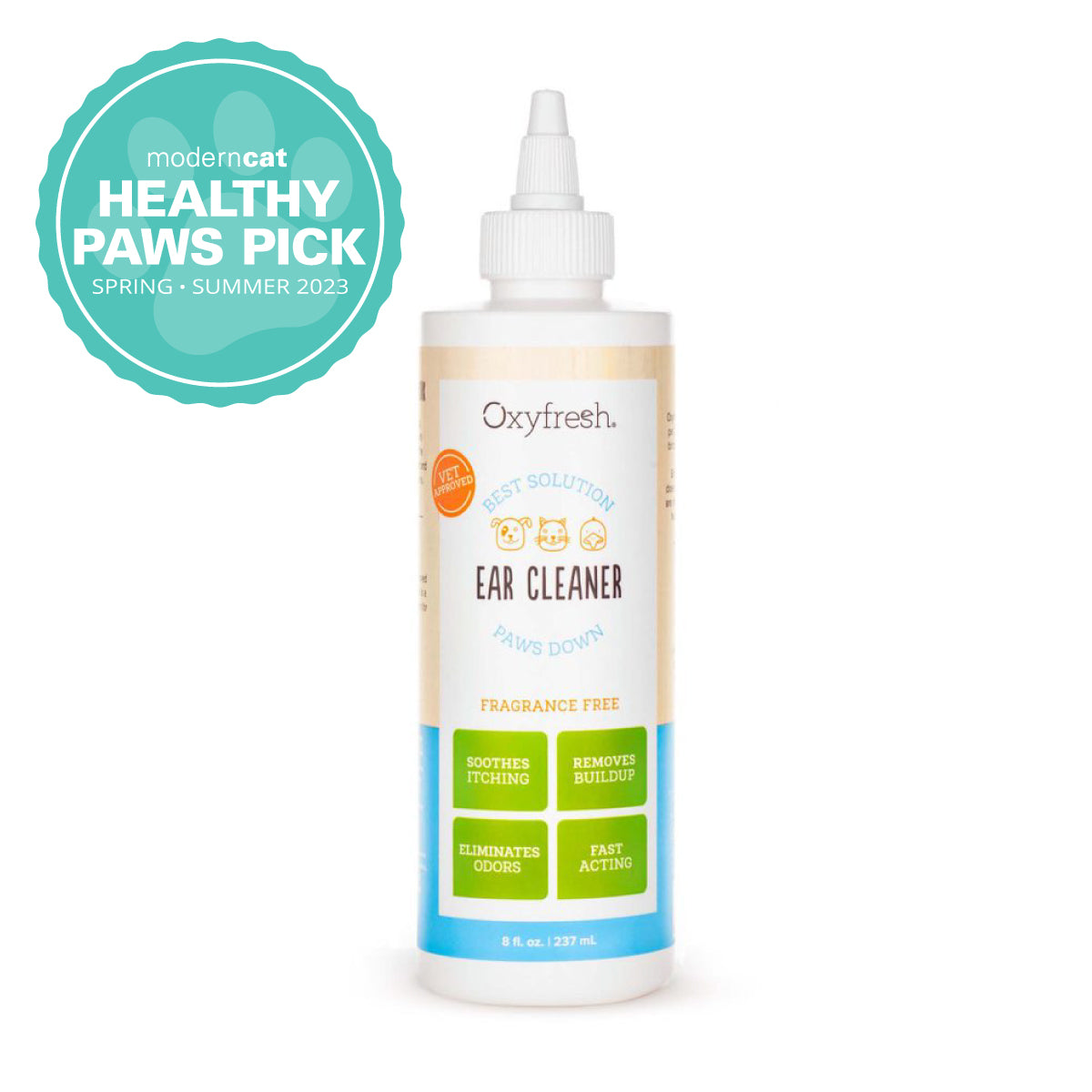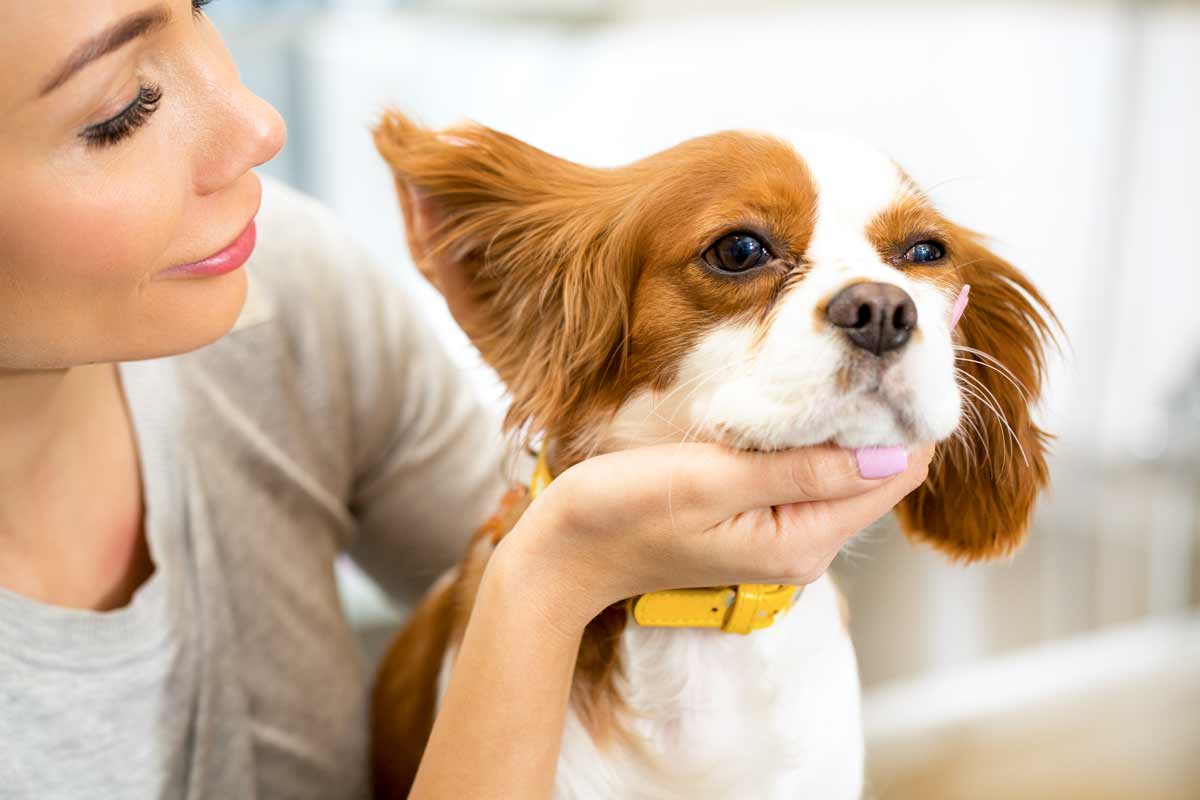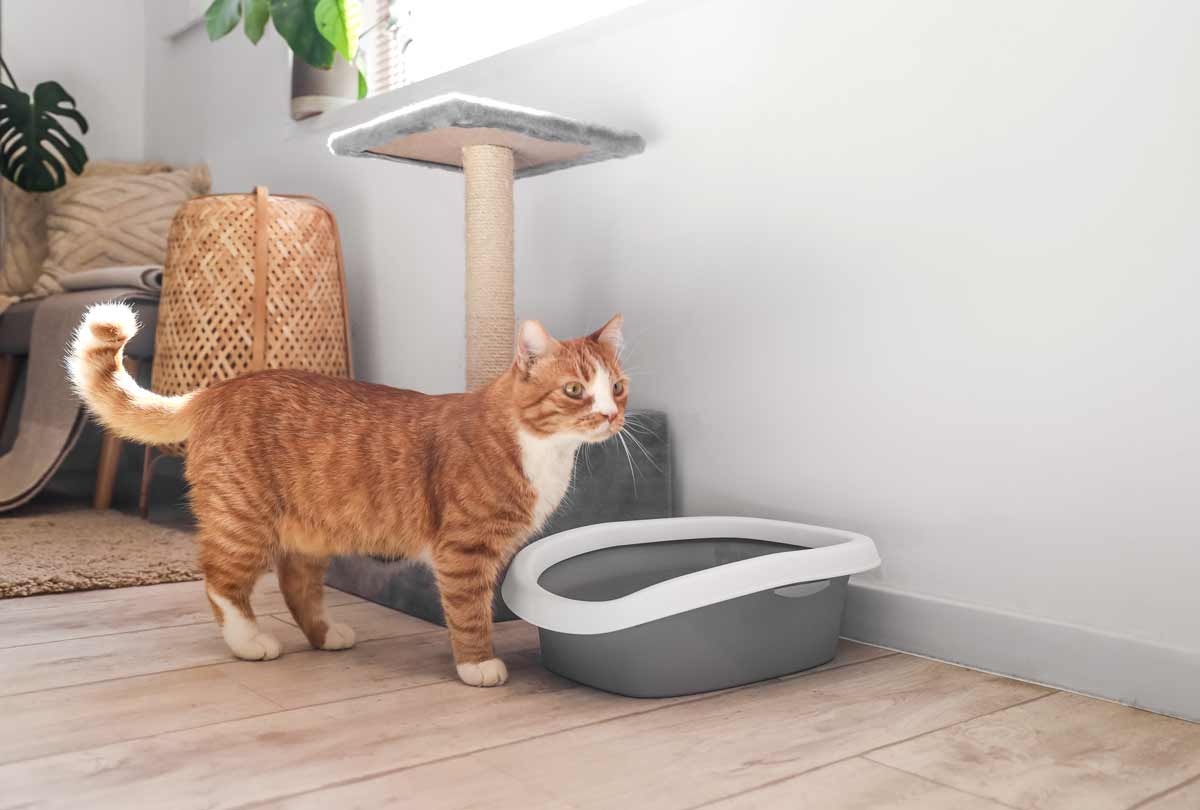Tired of your dog’s dirty crate stinking up the house?
You wouldn’t guess it from your drooling, shedding, messy-eating (yet shamelessly cute) pooch, but dogs appreciate a clean living environment too!
So rather than turn your nose up at the chore of crate cleaning, make it easy on yourself with these top hacks for how to clean a dog crate.
First, Make Sure You're Not Overcrating Your Dog
Crates are amazing housetraining tools, and many dogs think of them as their own cozy dens, the perfect spot for an anytime catnap. But too much of a good thing is NOT a good thing.
If you’re wondering how to clean your dog’s crate because it’s getting soiled on a regular basis, the problem may be overcrating. (Separation anxiety is another common cause of dogs peeing or pooping in their crates.)
If dogs are routinely overcrated, their instinct to not soil their "den" will go out the window and they’ll think the crate is an acceptable place to go to the bathroom.
How long should a dog be in a crate?
A good rule is puppies can "hold it" during the day for one hour longer than they are months old. For example, a two-month-old fur baby should not be in the crate longer than three hours. If you’ll be gone all day for work, you’ll need to explore options, such as hiring a dog sitter or neighbor, adjusting your schedule, or going to doggy daycare when your pup is old enough and socialized.
And if you have an adult dog, no more than 6–8 hours in the crate. Dogs need to be out exploring, playing, and being part of the family for their happiness and health.
To learn more, check out Crate Expectations: What You Need to Know About Your Dog’s Crate.
How to Easily Freshen & Clean a Dog Crate
Perfect Your Vacuum Prowess
We get it – using the upholstery wand attachment of the vacuum can seem like you’re taking on the world, but seriously, when it comes to the freshness of your dog’s crate, it will be worth it.
You’ll want to regularly vacuum all the edges around the dog crate where hair accumulates in clumps. Dog hair can be surprisingly stinky when there’s a lot of it.
You’ll also want to vacuum the inside of the crate before you clean it (after you clean up any solids, of course).
And when removing your pet’s bedding, thoroughly vacuum it before you launder it. Pet fur sticks to wet fabric, making it more difficult to remove.
In between washings, regularly running the vacuum over the dog bed will collect dirt and debris, which could otherwise stink up the crate.
Get Your Laundry On
A stinky crate is often due to stinky bedding. You’ll want to wash your dog’s bedding and blankets every 2–4 weeks, and more often if they're soiled, or if it’s peak allergy, shedding, or flea and tick season.
To neutralize all those nasty organisms, wash your dog’s bedding in hot water, followed by a high heat setting when drying.
How to clean egg crate foam dog bed
Ah yes, the squishy, comfy egg crate foam dog bed. The outer cover is easy to remove and launder, but what about the actual egg crate foam that's soiled with a stain? Here are the steps you’ll want to take:
- First, treat the stain. Use a non-toxic, pet-friendly stain remover or make your own by mixing ¾ c. water with ¼ c. vinegar in a spray bottle.
- Next, fill the bathtub with hot water and a mild, fragrance-free detergent. Ensure that the foam gets submerged entirely. (You may need to push it down with your hands.)
- After it soaks for a few minutes, drain the tub and squeeze out all the soapy water from the foam.
- Refill the tub with clean water and dip the squeezed foam in it. Wash it until you’re happy with the appearance of the foam.
- Rinse off the foam, wring out any remaining water, then sun dry or air dry it. The foam will need to be completely dry before the cover goes back on.
Stop Using Cleaning Products Your Dog Hates
How to clean a dog crate safely, easily, and effectively starts with the right products. If you’re reaching for any old product, you could be doing the crate and your doggie a disservice. Here’s what NOT to use when cleaning your dog’s crate.
- Do not use ammonia-based cleaning products. These can smell like urine to dogs and make them want to pee in the crate.
- Do not use bleach. While this was grandma’s favorite disinfectant, it’s not good for pets or people to breathe in, as the fumes are super potent. The dangers of bleach increase even more for people in your pack who have respiratory issues.
- Don’t use scented cleaning products. Synthetic fragrances are filled with harmful chemicals, with the typical fragrance containing twenty-nine chemicals. (You won’t see these chemicals listed on the label because they’re considered a trade secret.) Read more: Is Your Pet Deodorizer Toxic?
- Don’t use essential oils. While you may be in love with your essential oils, they can be too overpowering for your pooch. (Their noses have a smelling power that’s 10,000–100,00 better than ours.) Additionally, some essential oils are toxic to dogs.
Quit Luggin' Your Crate Outdoors
If you’re hauling your crate outdoors for a good spray-down with the hose, we’re assuming you’re either training for a fitness competition, you secretly love hard labor, or you’re using toxic, strong cleaning products that require rinsing or scrubbing.
Well, the best hack of all for cleaning a dog crate is to use a product that doesn’t require rinsing. And if you’re the DIY type, you can easily make your own non-toxic cleaner by following any of these recipes.
- Recipe 1: 1 cup white vinegar + 1 cup water
- Recipe 2: 1 cup hydrogen peroxide + 1 cup water
- Recipe 3: 1 part unscented dish soap to 10 parts water
What to store your homemade crate-cleaning solution in: Dark-colored glass spray bottles are best for DIY cleaners. Plastic can leach chemicals into whatever’s in it, and glass won’t react with other ingredients. Additionally, ingredients like hydrogen peroxide decompose in water when exposed to light.
Word to the DIY wise: Do not mix vinegar and hydrogen peroxide together in the same cleaning bottle. While they are both fantastic natural cleaners, combining them as one solution creates a corrosive acid – peracetic acid – which can cause irritation to the skin, eyes, and respiratory system. To add insult to (potential) injury, the combo can also corrode household surfaces, like the dog crate.
You can use both products to clean your dog’s crate but make it a one-two punch. Start with a spray of one solution, wipe away, and then do the same thing with the other product.
Not a Fan of DIY Solutions to Clean Dog's Crate?
We all have a disastrous DIY story, and if you don’t, well, then we’ll assume you’re Martha Stewart and move on.
Whether it’s not liking the smell of vinegar, the mess of making it, the time factor, or forgetting what the flock you mixed in the spray bottle in the first place, DIY just isn’t for everyone. That’s OK.
You can still get the dog crate clean without the worries of fragrances, bleach, ammonia and other nasty chemicals by choosing a non-toxic crate cleaner specifically formulated with your pet’s best health in mind. There are many options to choose from, but only one that’s top dog: Oxyfresh Cage & Crate Cleaner.
Why Oxyfresh Is the Preferred Dog Crate Cleaner
Oxyfresh Cage & Crate Cleaner is the only dog crate cleaner on the market made with Oxygene®, a proprietary, non-toxic purifier that eliminates bacteria and stinky odors in just 60 seconds, leaving the crate surface so clean, you could eat off it if you wanted to. (But don’t, that would be weird.)
Veterinarians, groomers, and doggy daycares swear by it, and we know you’ll love it too.
- No need to rinse it, saving you precious time. Just spray and wipe away.
- Easily removes stuck-on debris, so you don’t have to scrub and use elbow grease. (Opening a jar of pickles is hard enough, thank you very much.)
- Neutralizes even the stinkiest smells – no fragrance coverups and no harsh chemicals.
- Safe and non-toxic, so you can feel good knowing you’re doing the best for your pup.
This gentle yet effective crate cleaner is also great for dogs’ rubber and plastic toys and can be mixed with water in the tub to clean those dirty egg foam dog beds!
Steps for Cleaning Your Dog's Crate
- Remove everything from the crate – bedding, toys, and your pet, of course. Put the bedding in the laundry.
- Unless you’re a contortionist, you may want to break down the crate as much as you can before cleaning. For heavy-duty metal crates, this means removing the pull-out tray if it has one. For plastic dog crates, the hinged closure and top should be easy to remove.
- Remove any waste and vacuum out the hair and the area surrounding the crate.
- Spritz the surfaces of the crate with your homemade crate cleaner of choice or Oxyfresh Cage & Crate Cleaner. Sit for 60 seconds. (The cleaner, you've got your 10,000 steps to get in ;))
- Use a cloth or paper towels to wipe down the surfaces.
- Make sure the crate is completely dry before you put everything back in, otherwise it could encourage mildew growth.
- You're done and ready to cuddle!
Boom! Now you've got all the tools to become a bona fide crate cleaner. So get your products and get goin’ on it! Your dog – and your home’s fresh air – are worth it.

